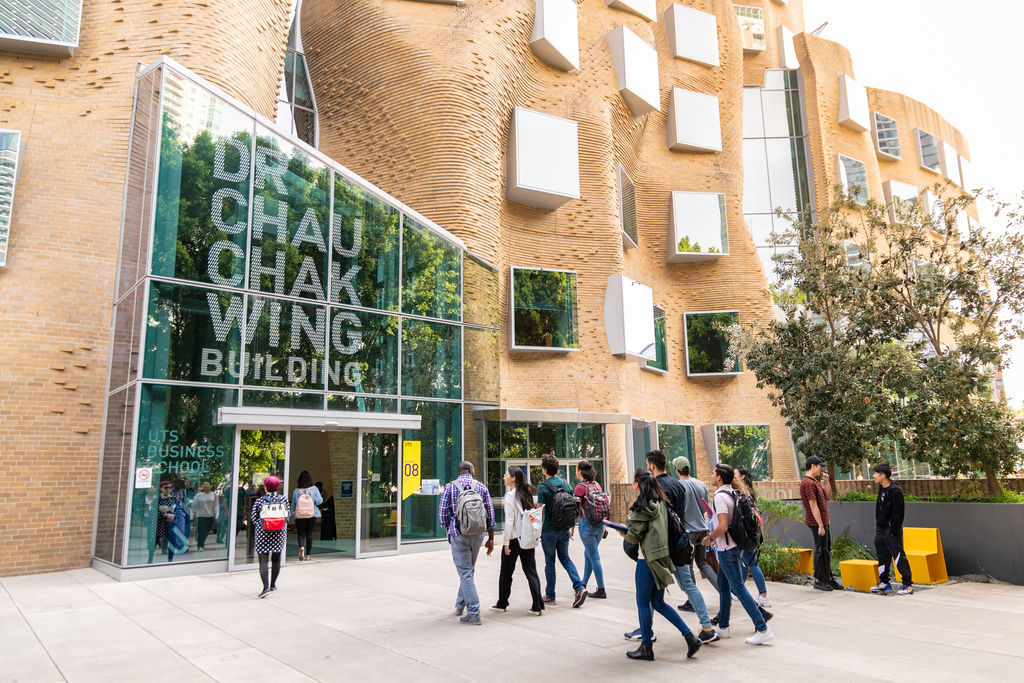
THE Content Blog
BLOG: WUR 3.0 - how we could broaden our measure of knowledge transfer
Duncan Ross explains how THE could enhance the assessment of university-industry ties in the next iteration of the World University Rankings methodology
The “triple helix” model of innovation – describing the idealised links between academia, industry and government to encourage economic development – is a great way of thinking about how a world-leading research university can play its full role in society.
It is a model that is recognised in the Times Higher Education World University Rankings methodology. In 2010, we added industry income (defined as research income from industry per member of staff) as a new pillar and metric. The measure is converted from local currency into US dollars using purchasing power parity and is then z-scored.
The goal of the metric is to recognise the importance of the relationship between university and industry interests; if a university cannot deliver high-quality research, then industry will not pay for it.
The degree to which this is seen as important to universities varies significantly and is sometimes linked to geography. Universities in East Asia, especially South Korea, China and Japan, frequently express a desire for more emphasis on knowledge transfer and industry links. Sometimes it is an explicit objective of the university.
So why is this metric one of the smallest parts of the ranking, accounting for only 2.5 per cent of an institution’s overall score?
One reason is that this is one of the data points that causes us most concern in terms of data quality. What we define as industry, rather than government, might seem obvious, but in practice it frequently isn’t. Different political systems have very different ways of distributing money to universities, sometimes through intermediaries, and it can be difficult to distinguish this from genuine industry funding.
The goal of the metric is to recognise the importance of the relationship between university and industry interests; if a university cannot deliver high-quality research, then industry will not pay for it.
The degree to which this is seen as important to universities varies significantly and is sometimes linked to geography. Universities in East Asia, especially South Korea, China and Japan, frequently express a desire for more emphasis on knowledge transfer and industry links. Sometimes it is an explicit objective of the university.
So why is this metric one of the smallest parts of the ranking, accounting for only 2.5 per cent of an institution’s overall score?
One reason is that this is one of the data points that causes us most concern in terms of data quality. What we define as industry, rather than government, might seem obvious, but in practice it frequently isn’t. Different political systems have very different ways of distributing money to universities, sometimes through intermediaries, and it can be difficult to distinguish this from genuine industry funding.
